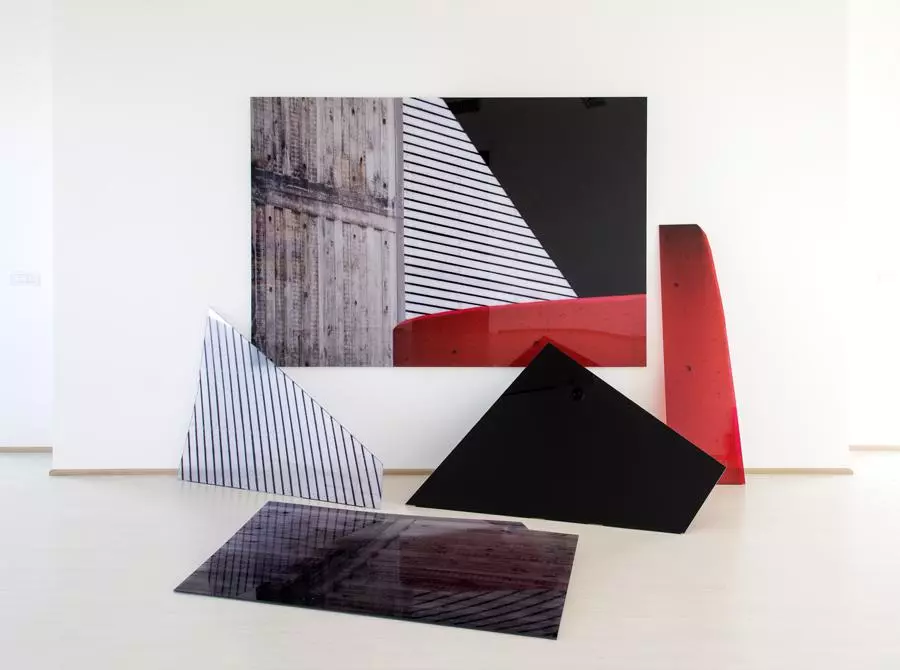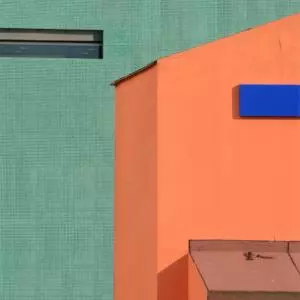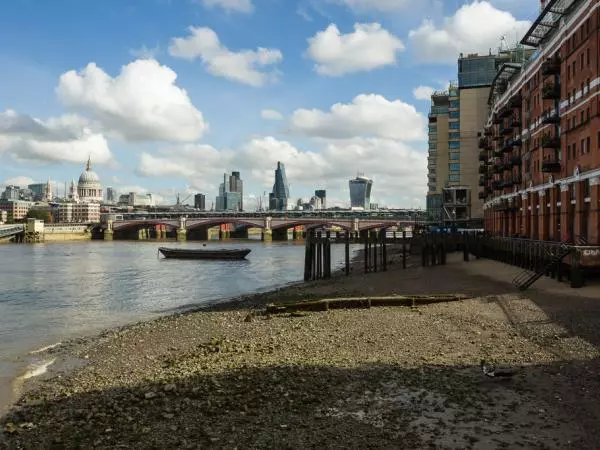The exhibition, curated by Gianluca Martians, director of the Museum of Spoleto, will offer 20 large photographs of architecture of the new series Biocities and (Re) and 3 FineArt cycle installations (De)Compositions.
This group of work represents a further evolution of the research by Carlo D'Orta, after the exhibition at Spazio Oberdan in Milan and in public and private spaces in Germany.
The artist, but through the use of the photographic medium, comes to work with a strong sensitivity of paintings and sculptures, with strong conceptual value. For this reason, some images of Biocities were selected in 2012 by Sony World Potography Award for Professional-conceptual.
Biocities investigates the surface of modern urban architecture to extract - through the choice of subjects, the cutting of the shots and the strong compression of perspective - images in which the recognition of the building is almost irrelevant to the plot and to the fabric of lines, shapes and colors of the same, with results that often calling to geometric abstraction.
The series of installations entitled (S) is the evolution of three-dimensional compositions Biocities. Carlo D'Orta segment the photographic image and re-proposes the individual parts in the form of sculptures of plexiglass. Such as photography had flattened the architectural perspective transforming the subject into an abstract painting geometric, so the sculptures in plexiglass restore the three-dimensionality of the original, back together in a new way, a process conceptually similar to the search Cubist.
The cycle (Re) provocatively suggests FineArt - from the pun of the title, which combines art and industrial refining process - research on architectural beauty of the oil refinery of OMV Schwechat (Vienna). Here, too, the photographic eye, marrying pictorial sensibility of the artist, comes to poetic results characterized by an intense lyricism that comes from the survey of hyper-realistic details and perspectives shooting lights and unusual.
A catalog accompanies the initiative Romberg editions, with texts by Gianluca Martians and Valerio Dehò and an interview with D'Orta Gaia Conti.
 Share / Save
Share / Save







Comments 10
Say something